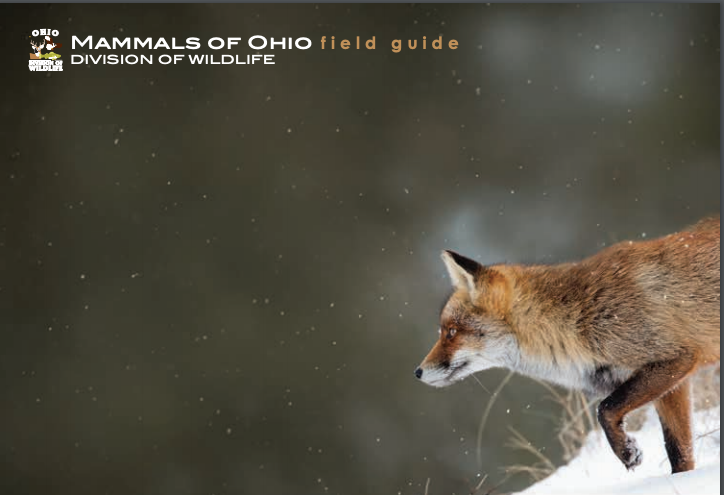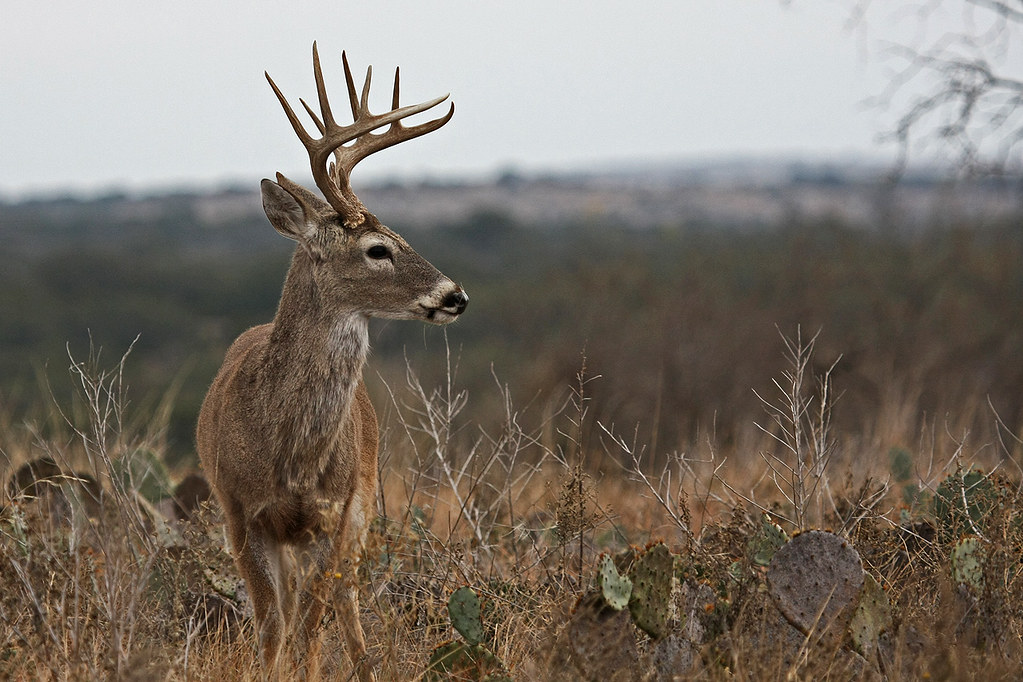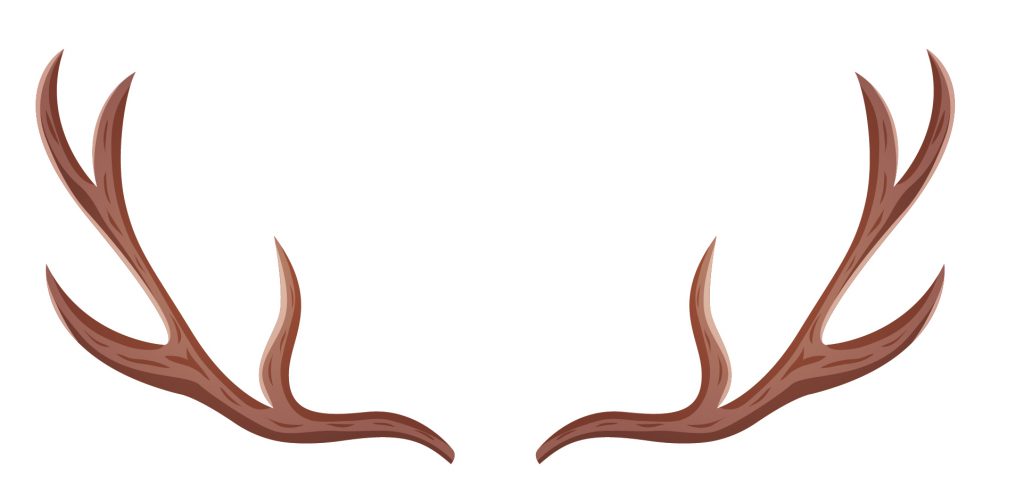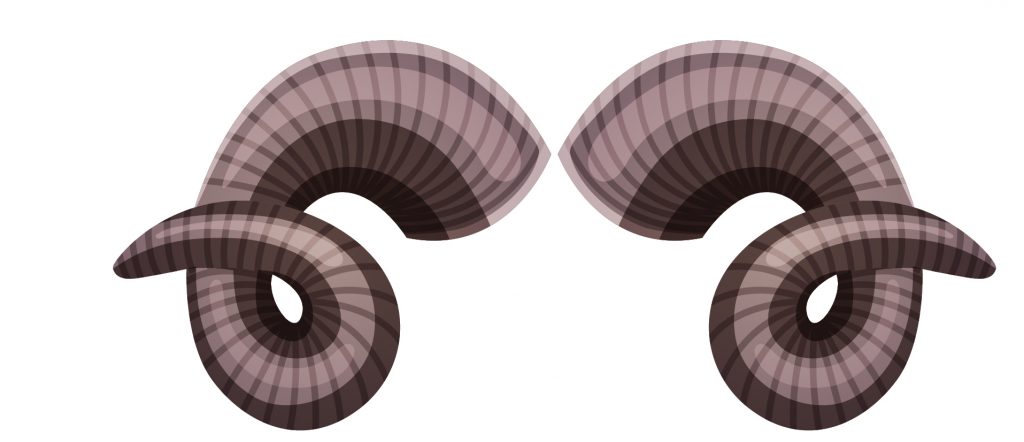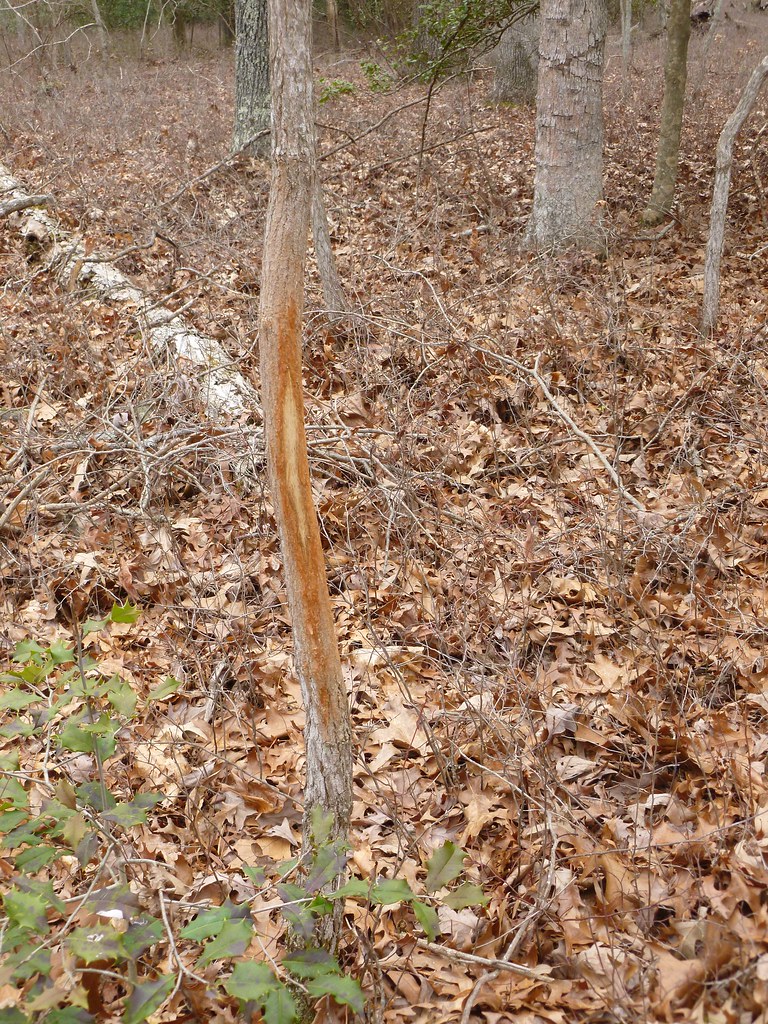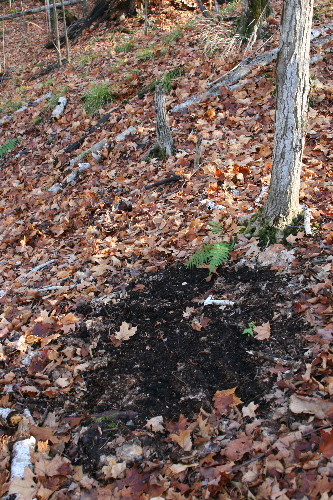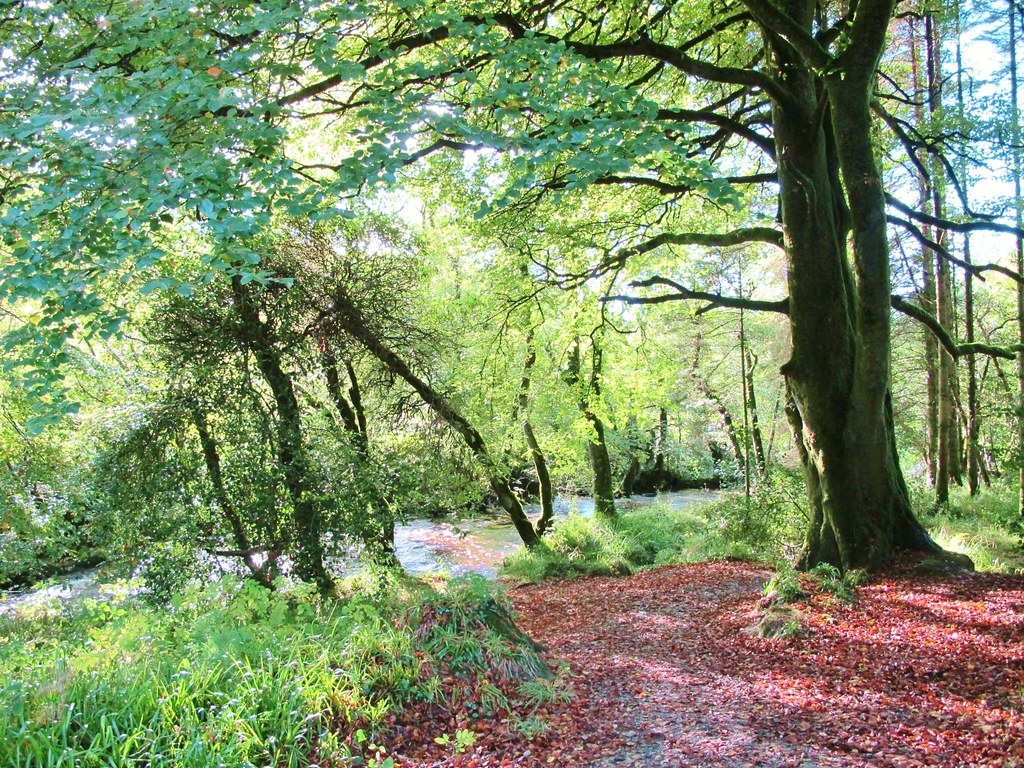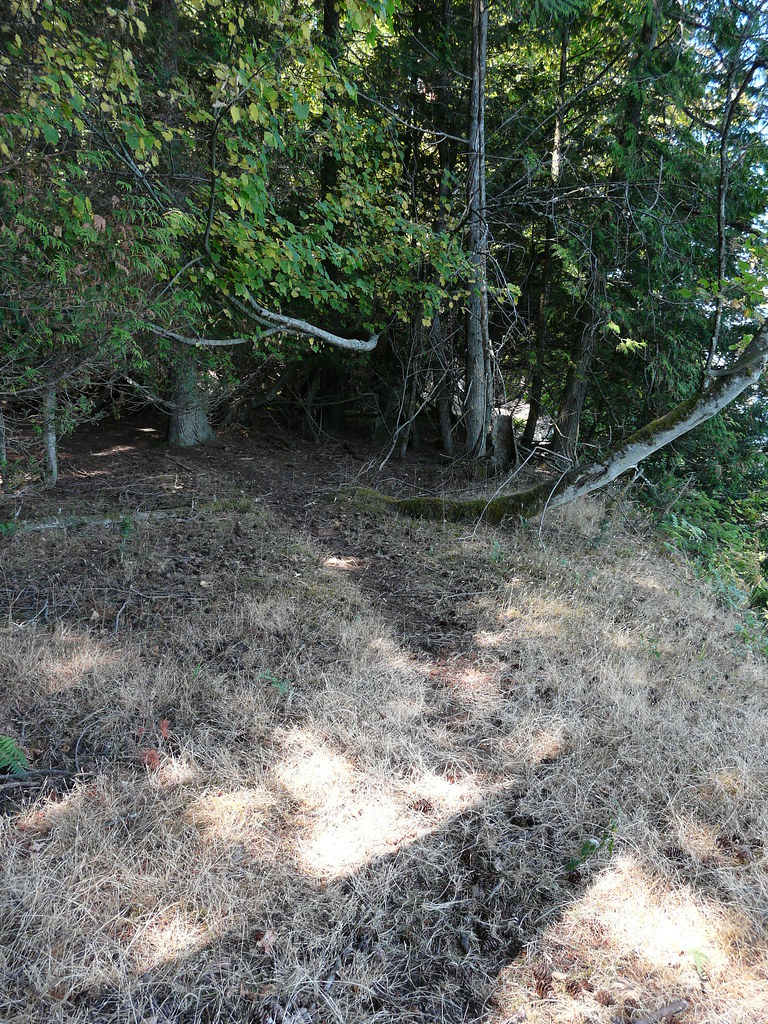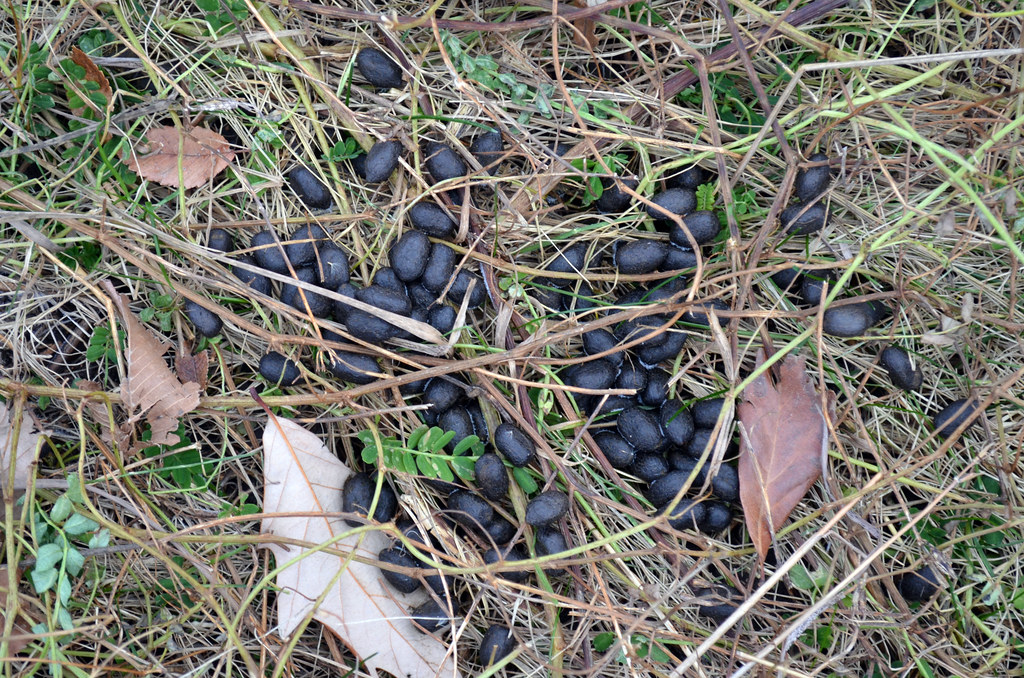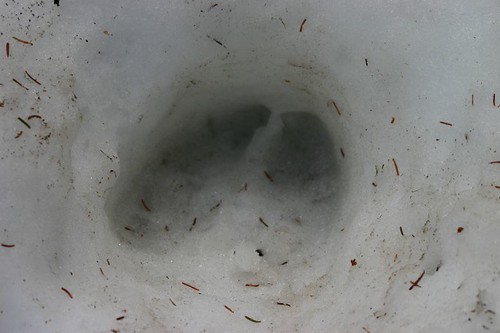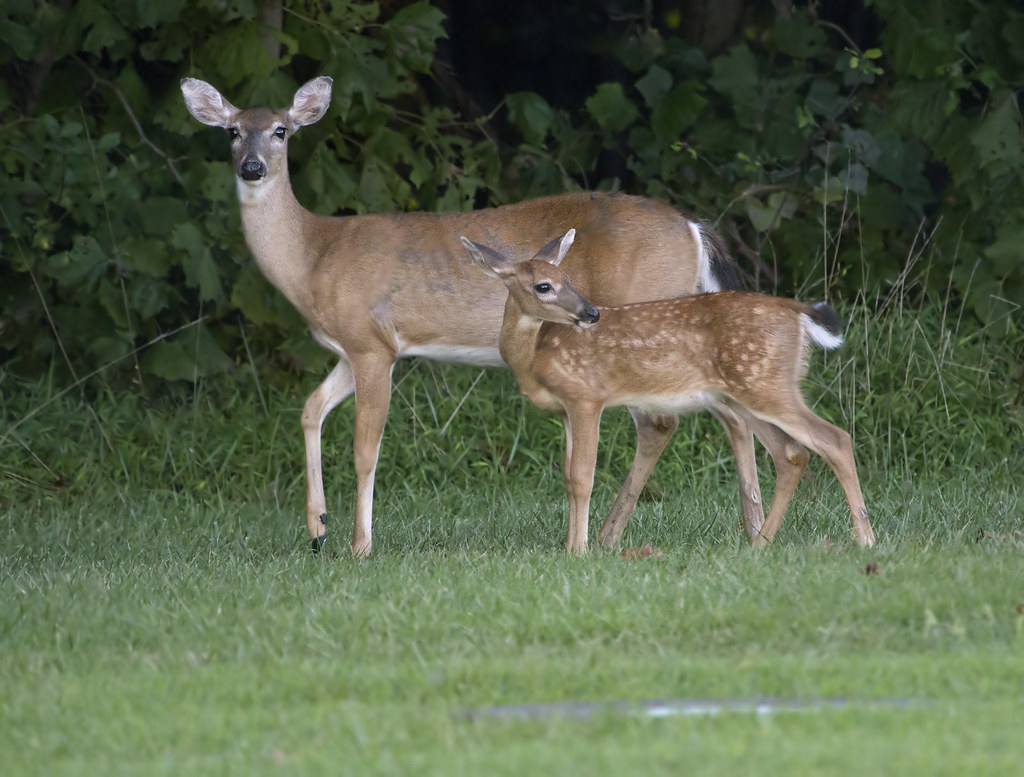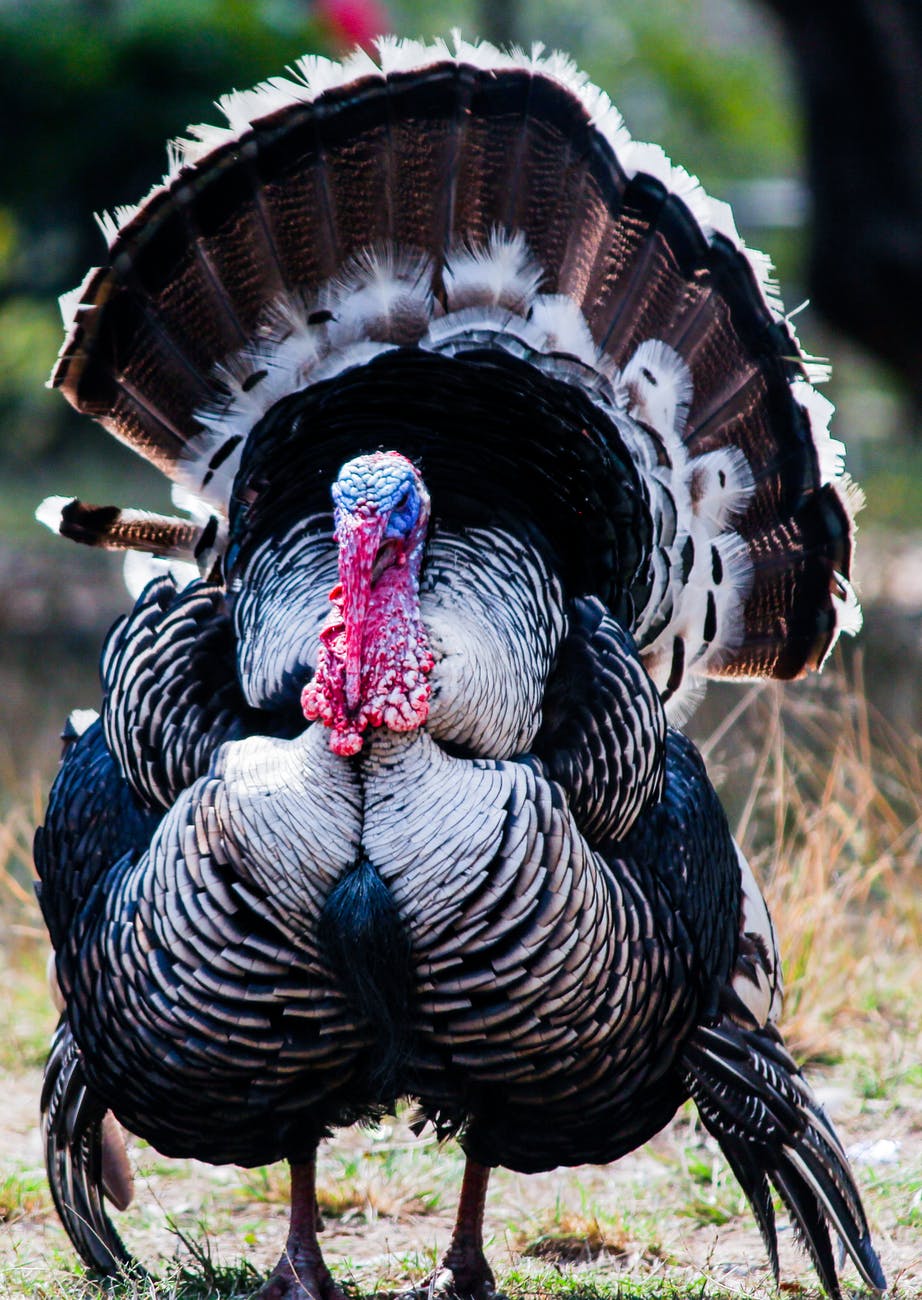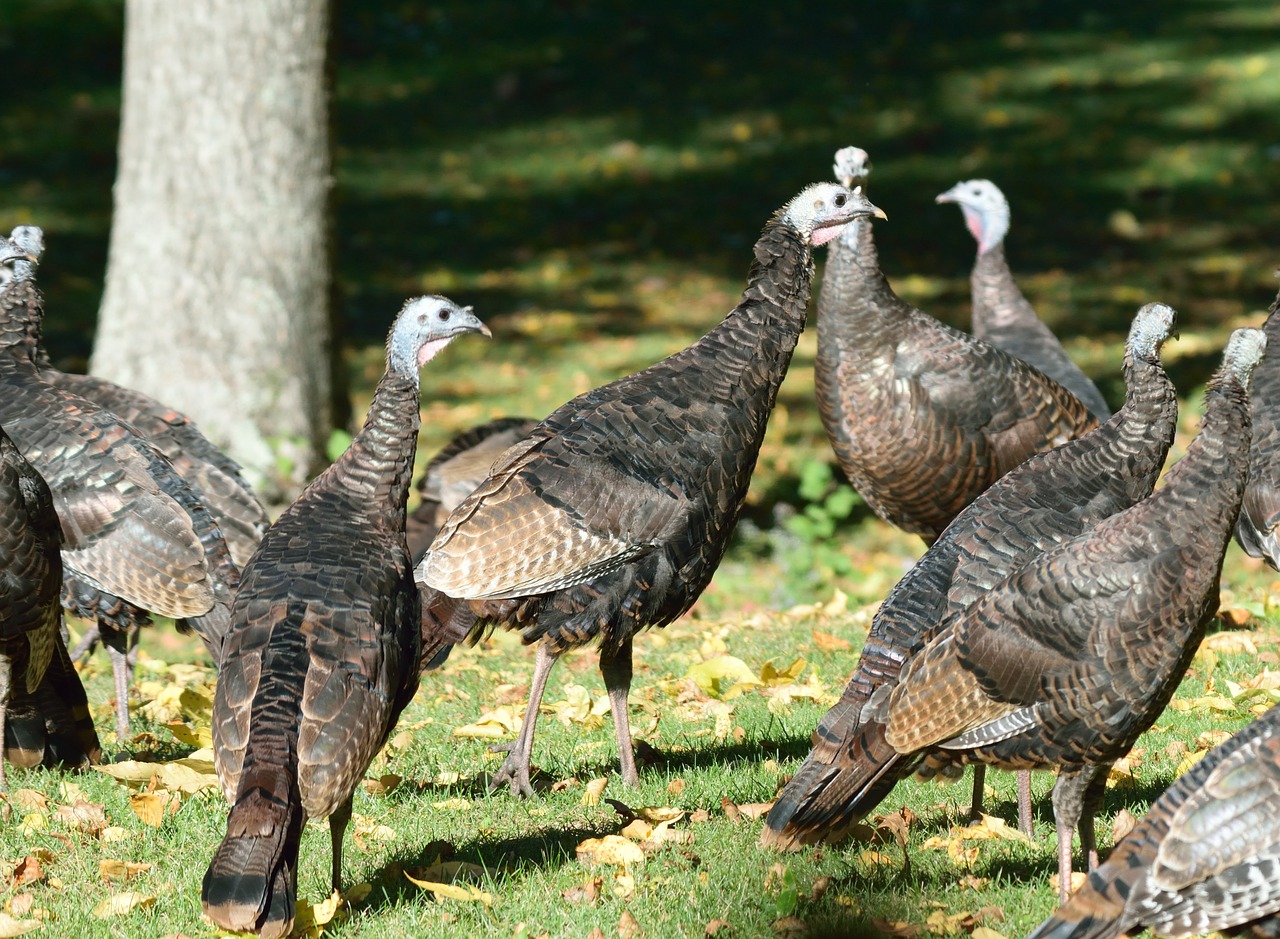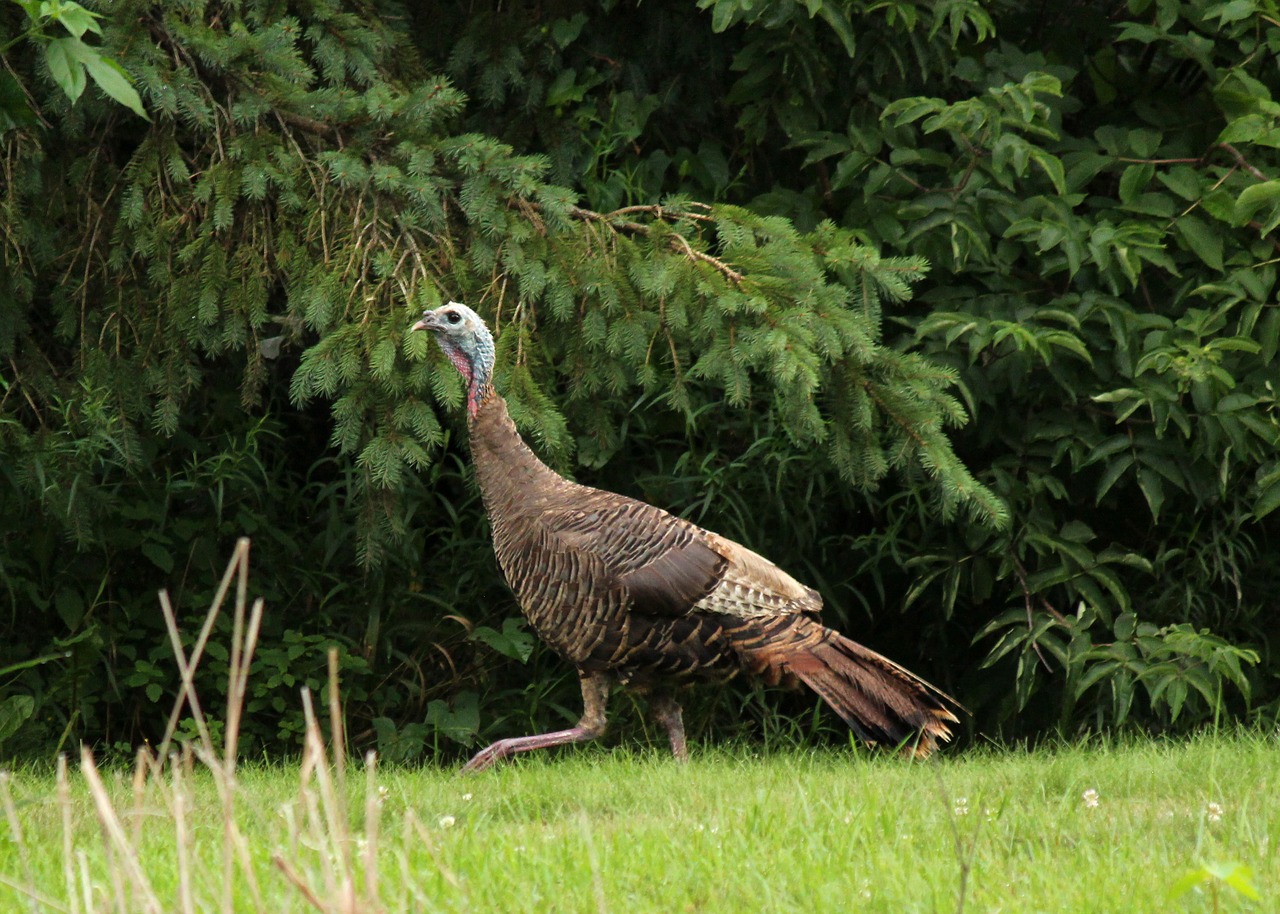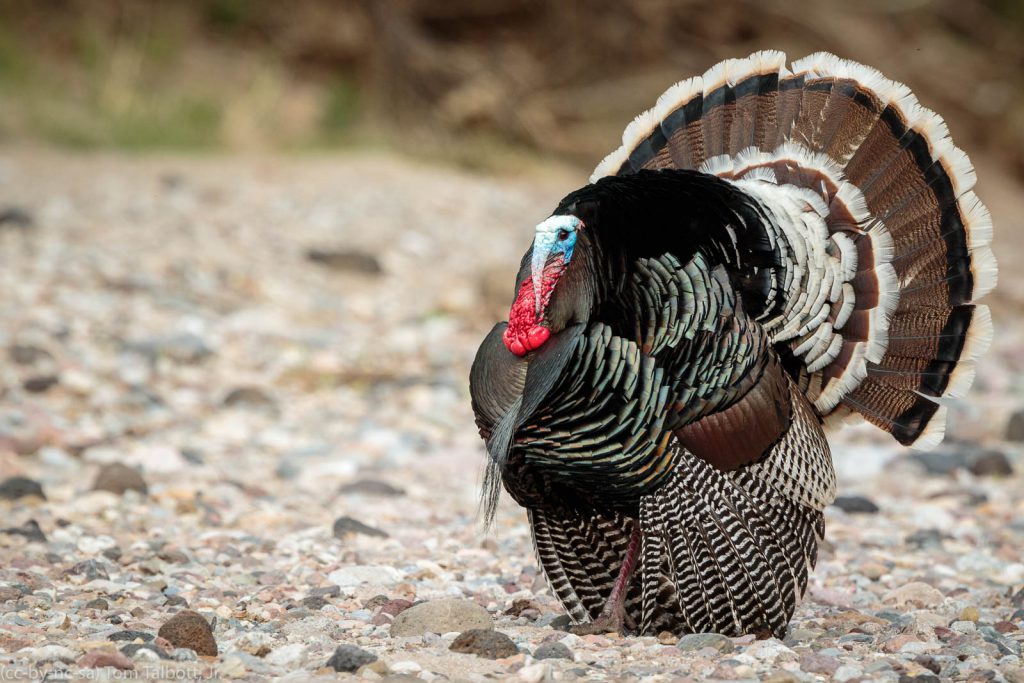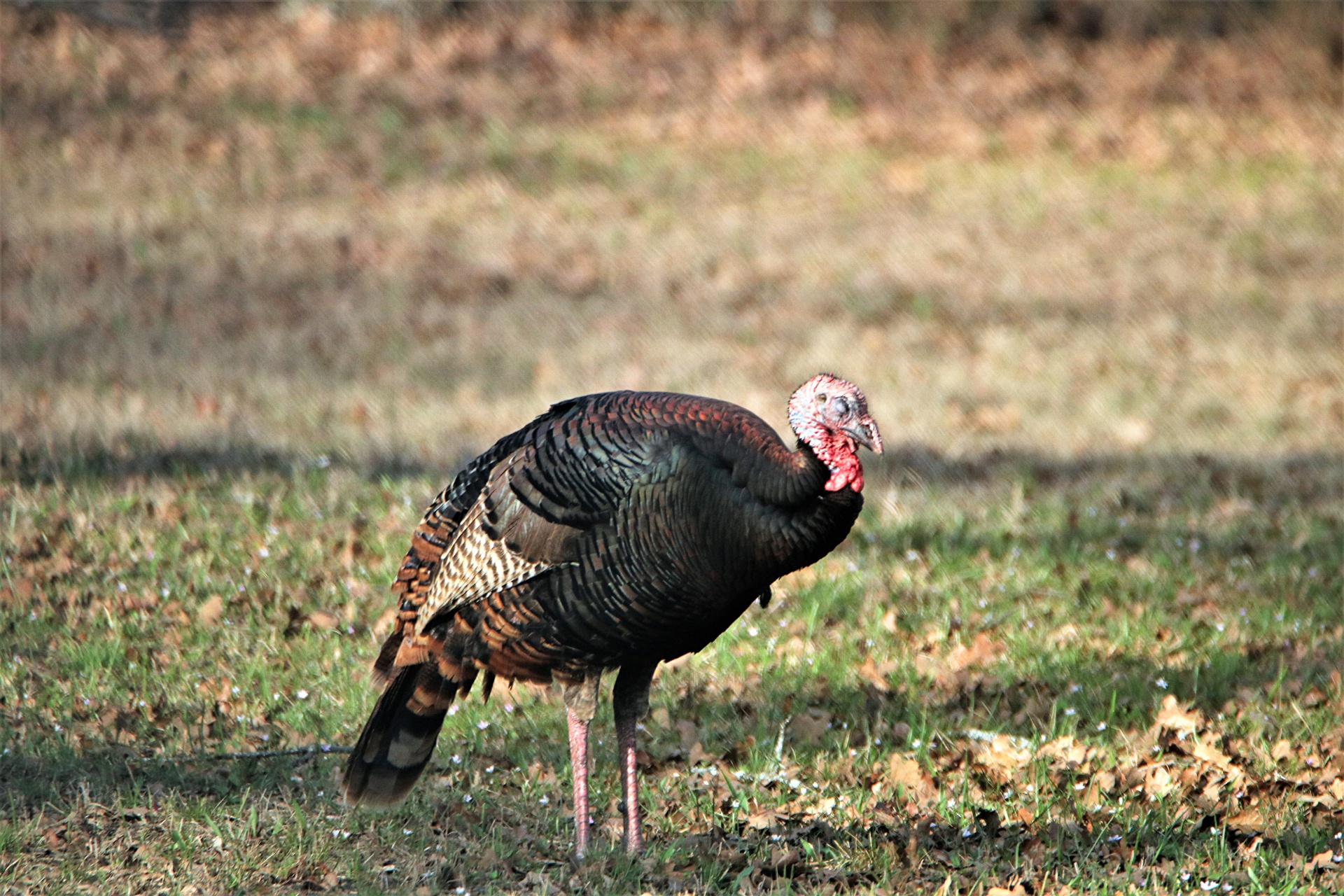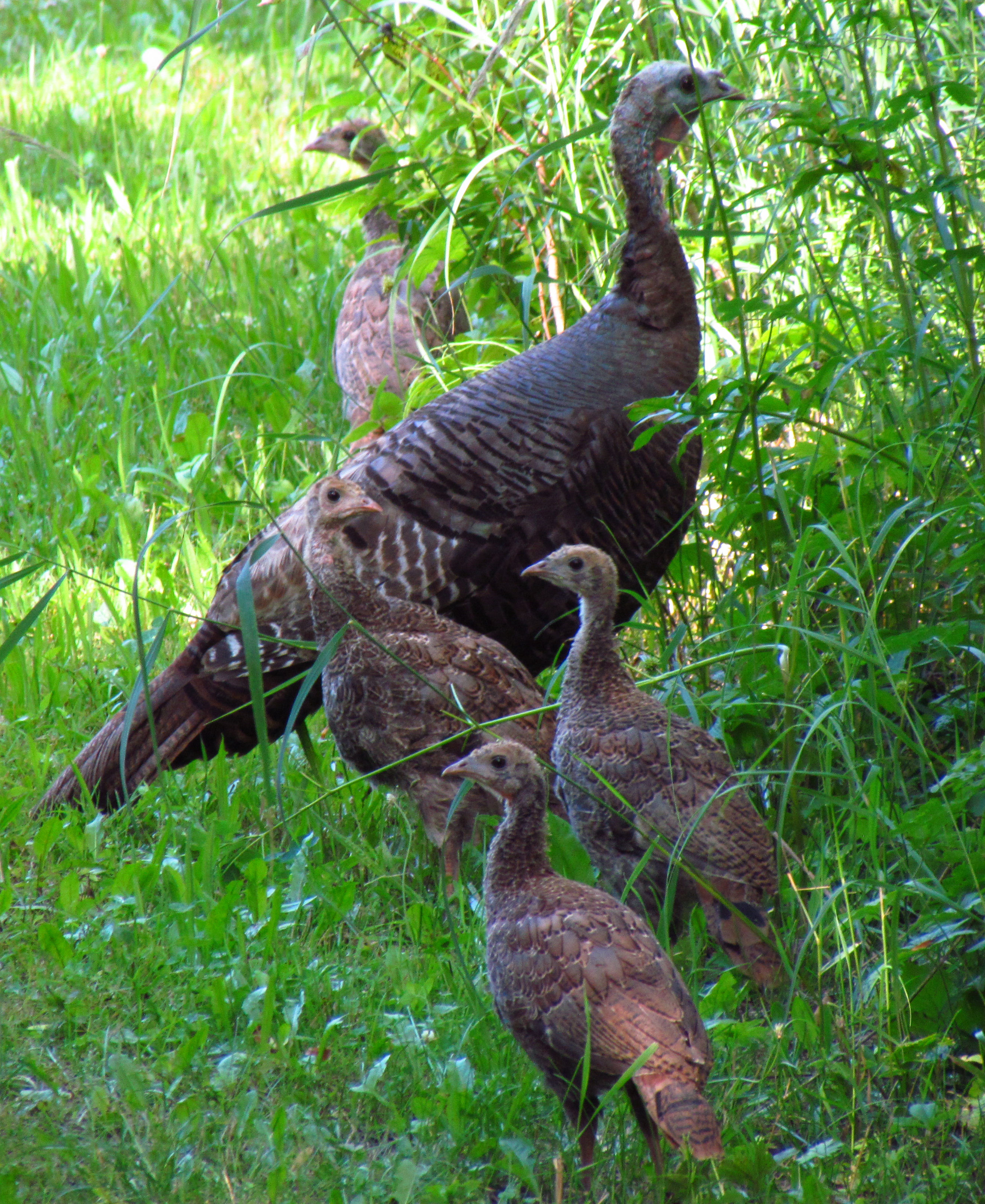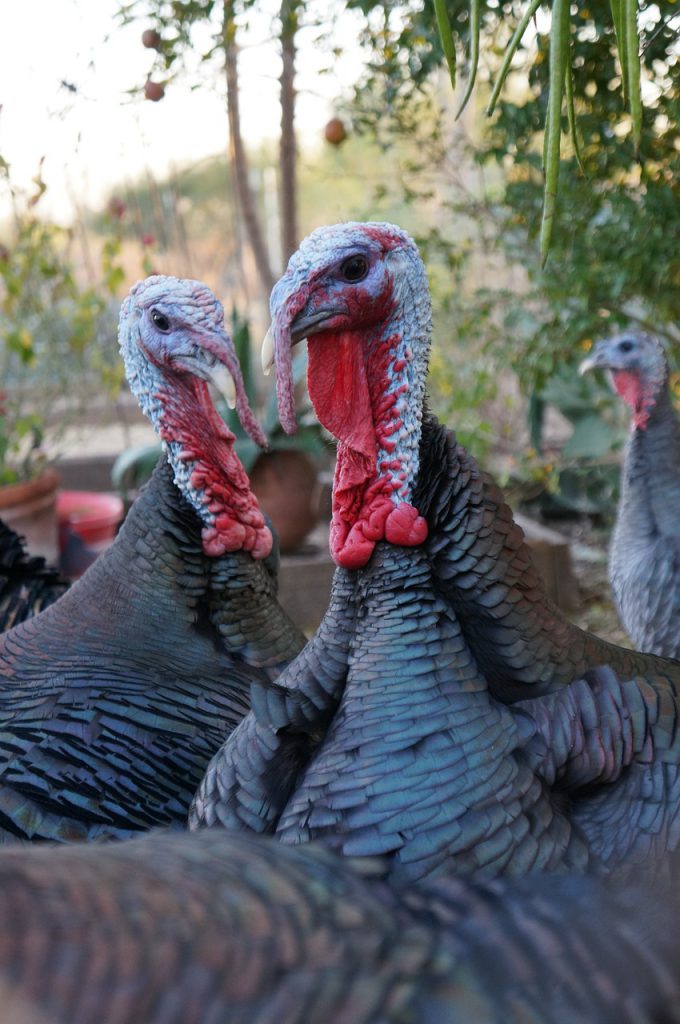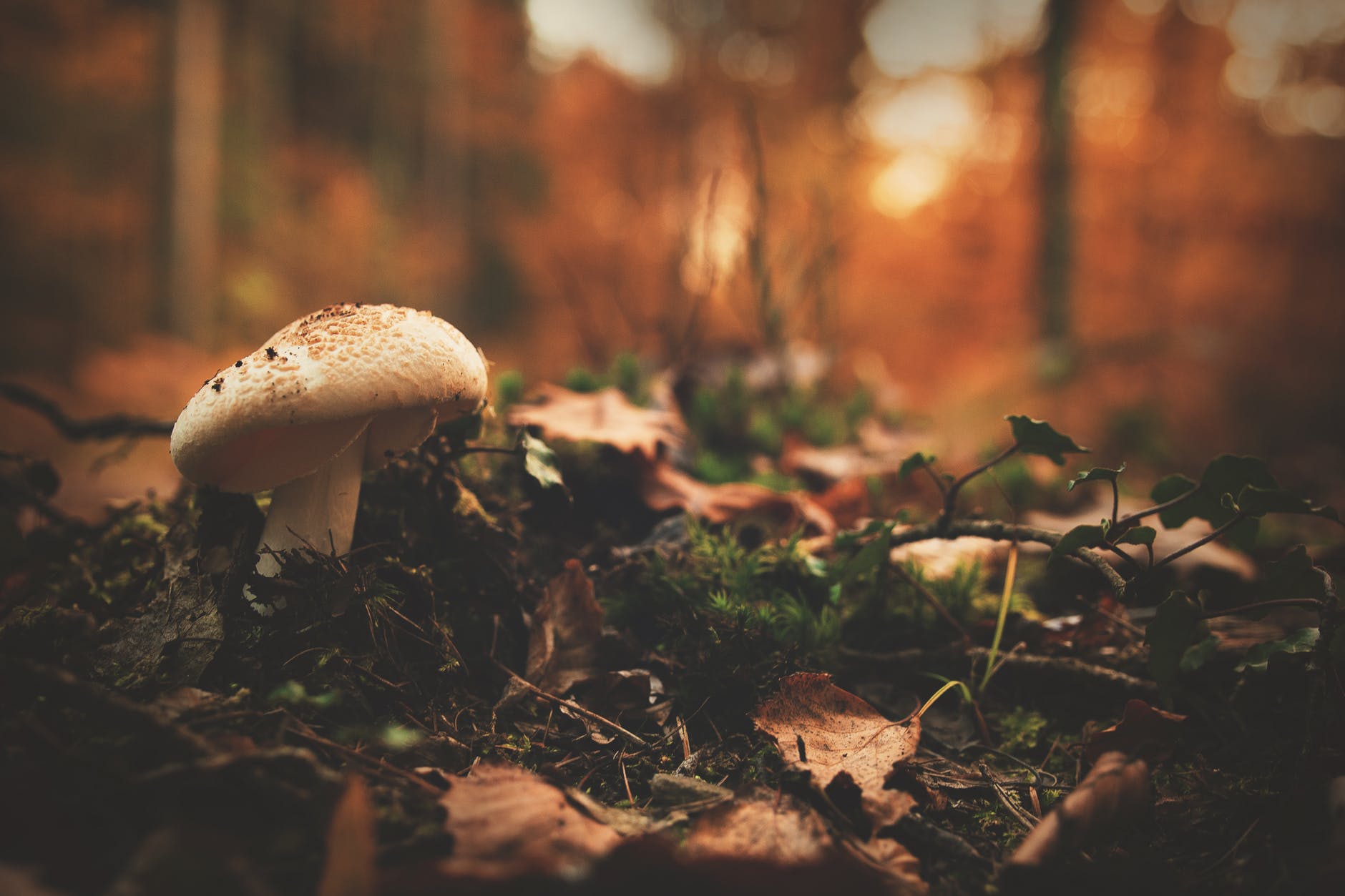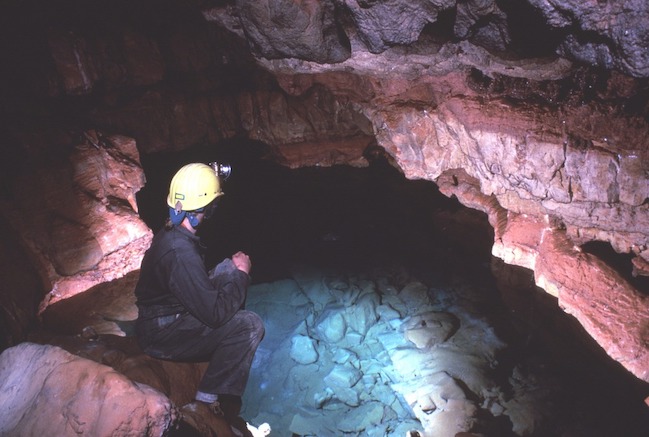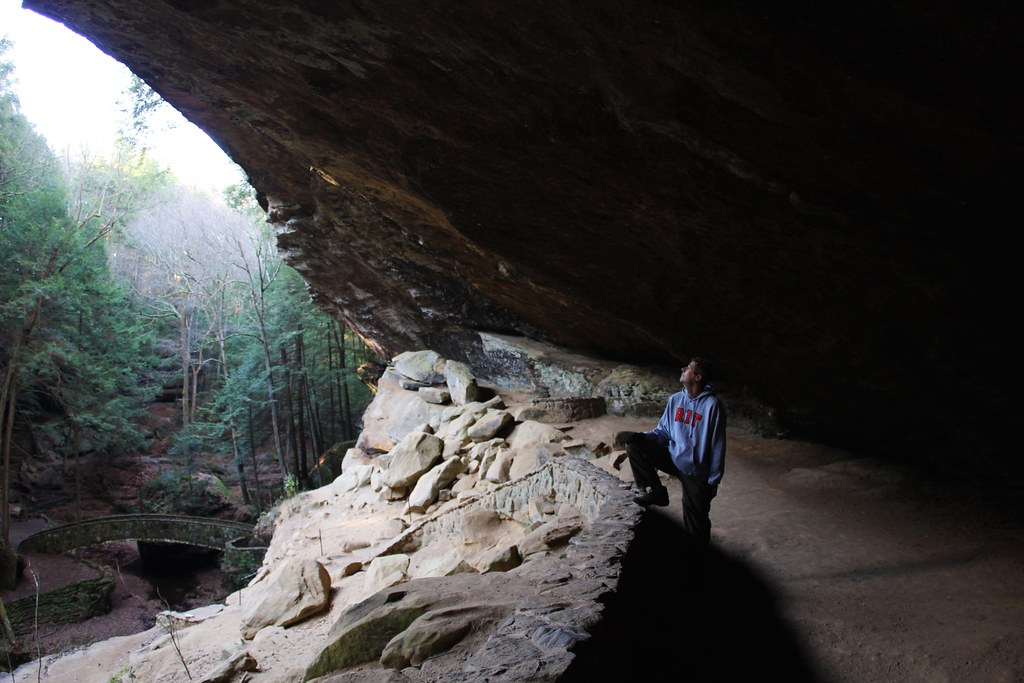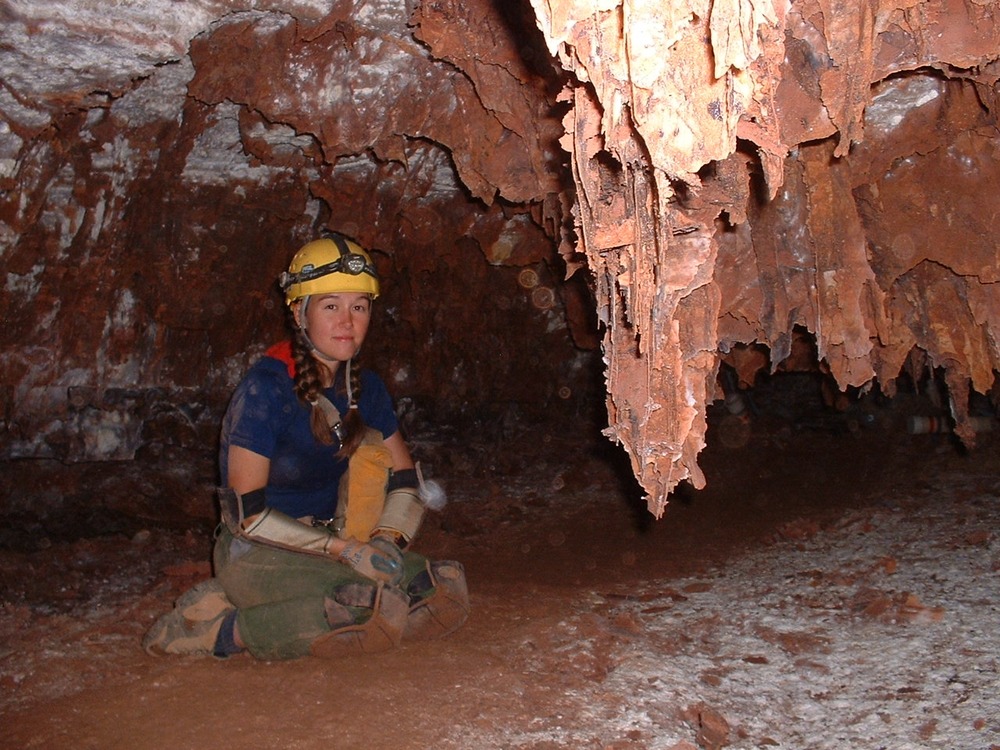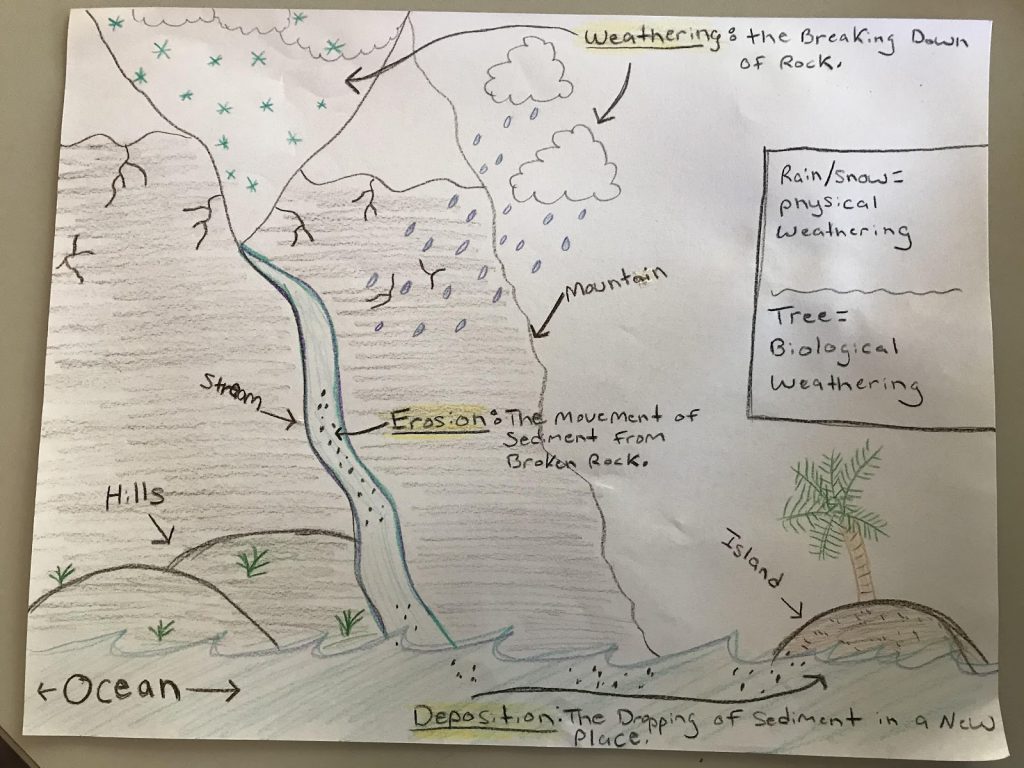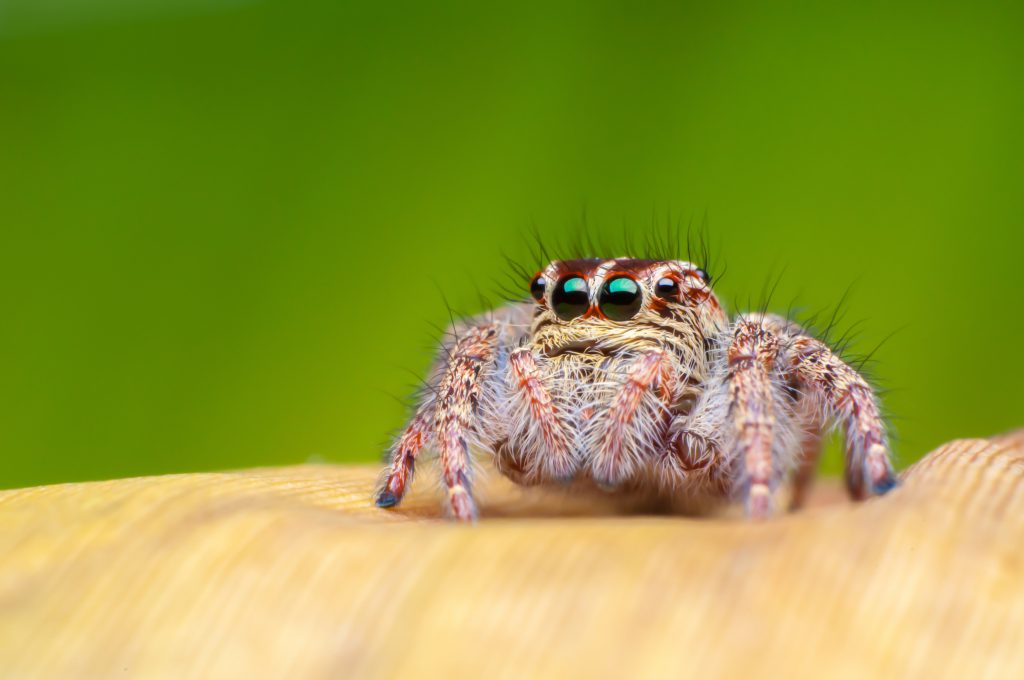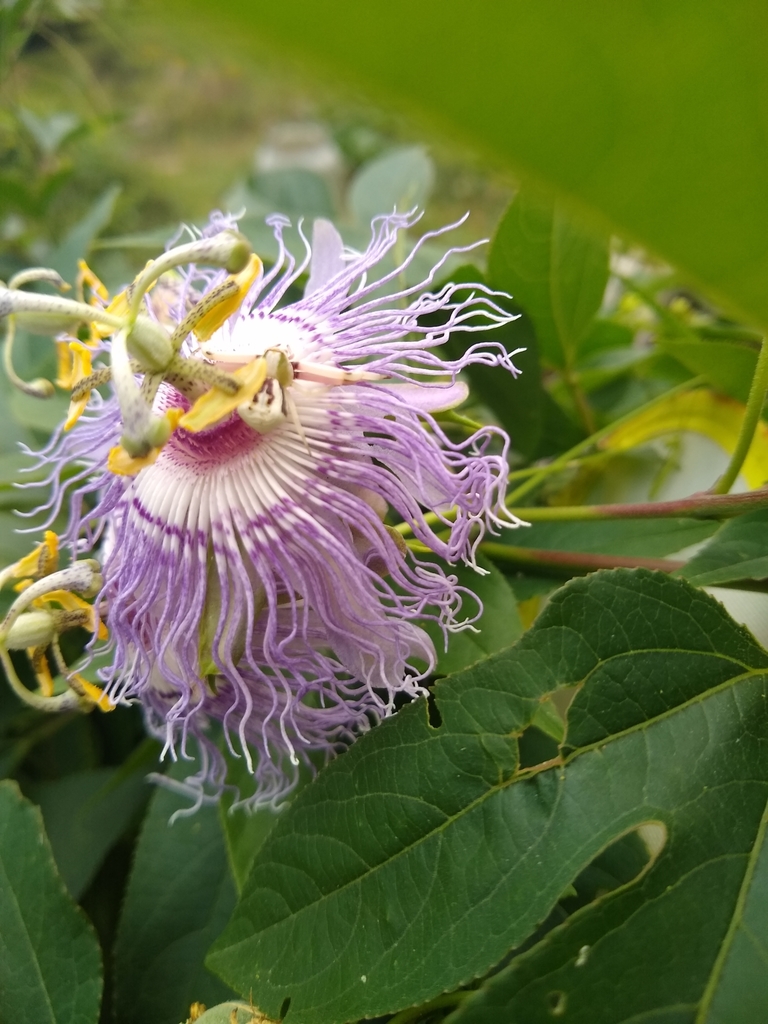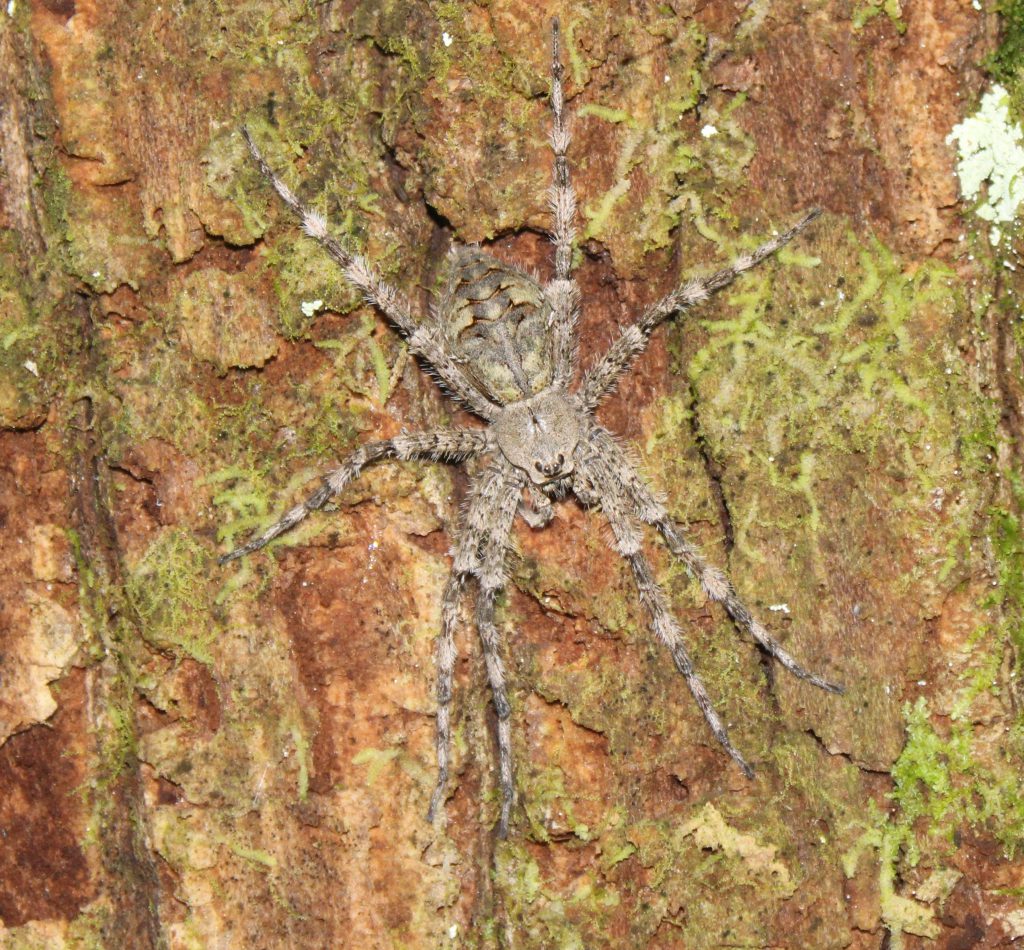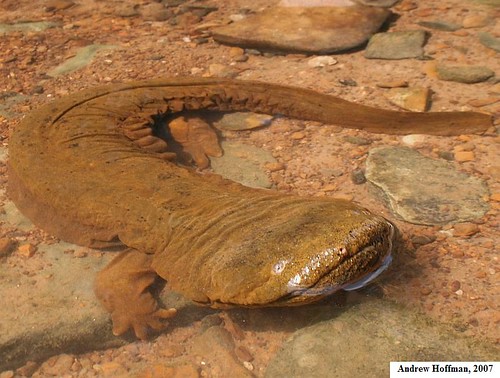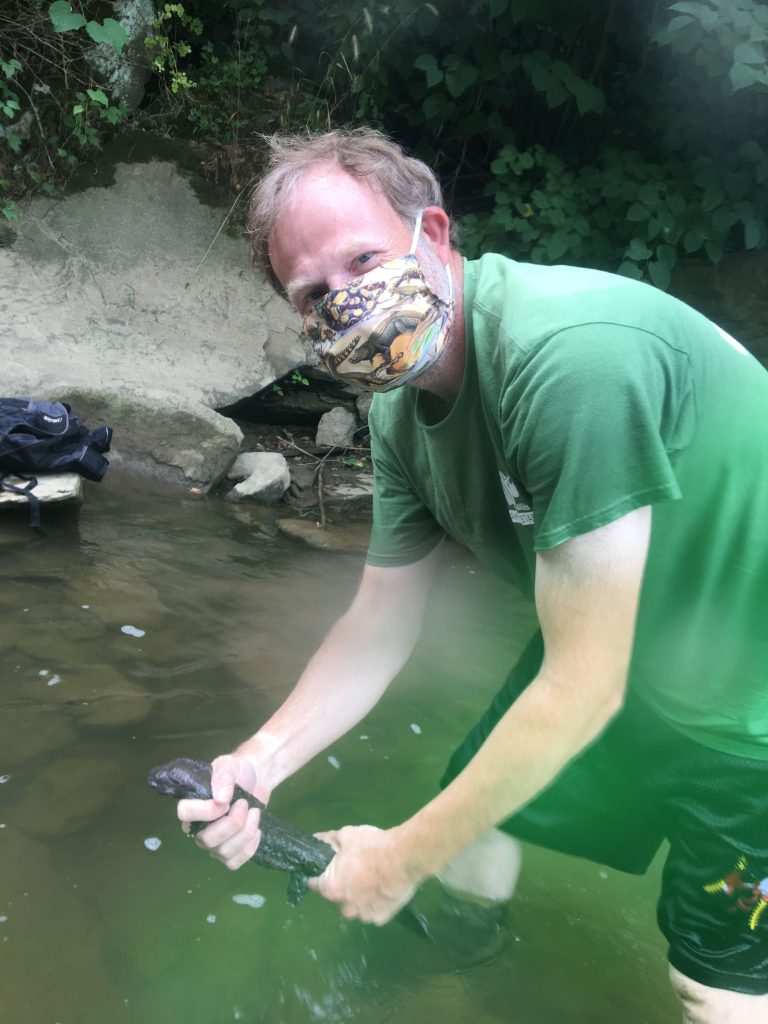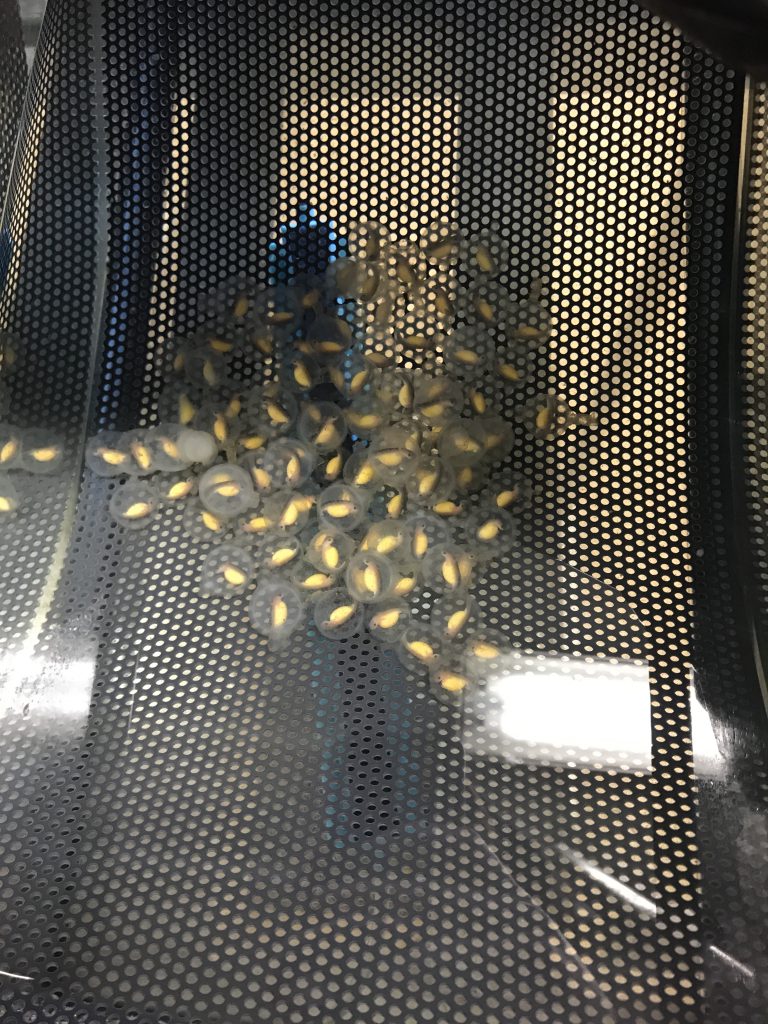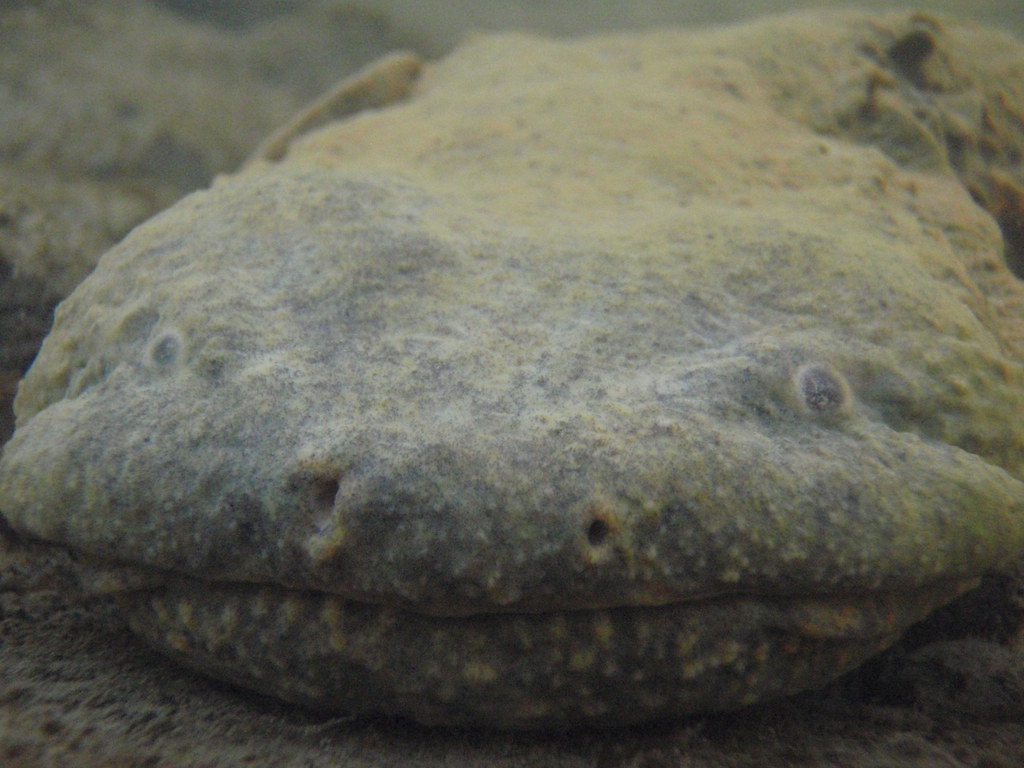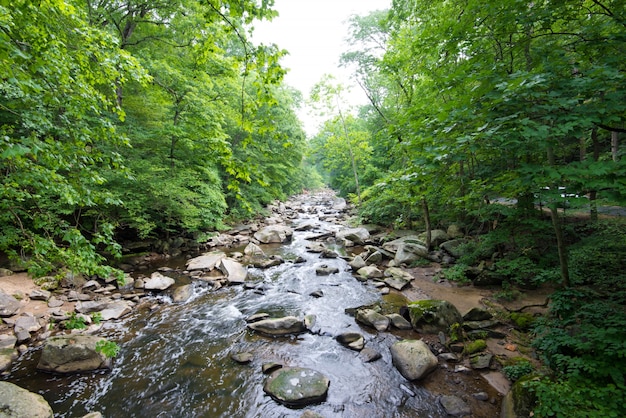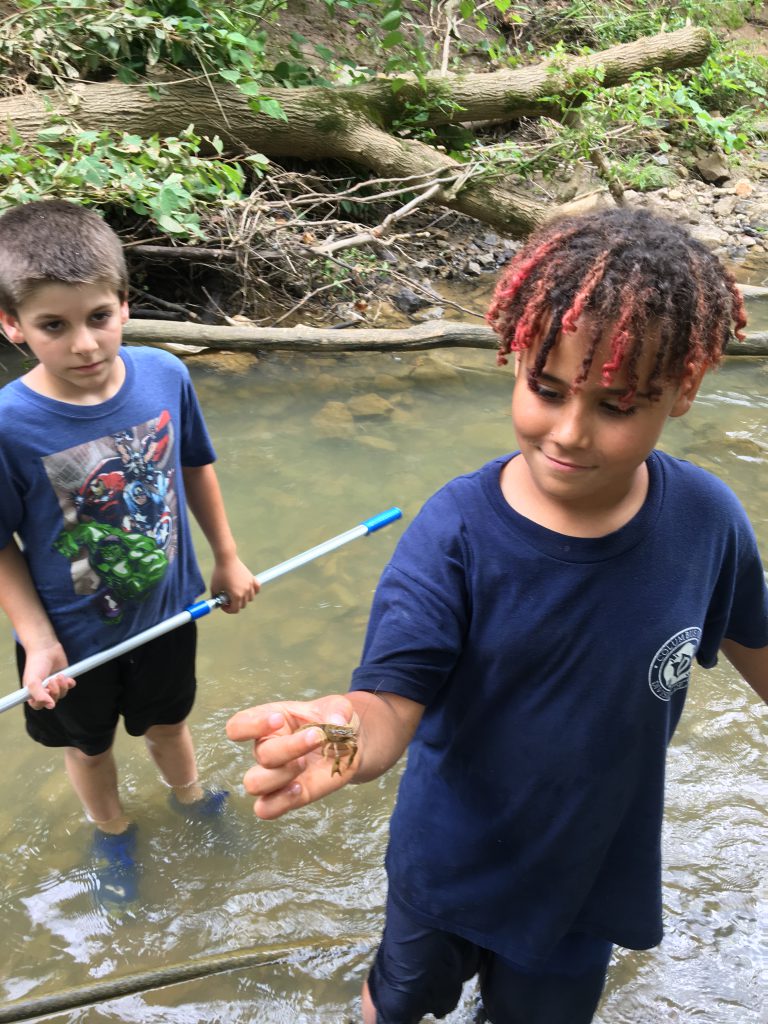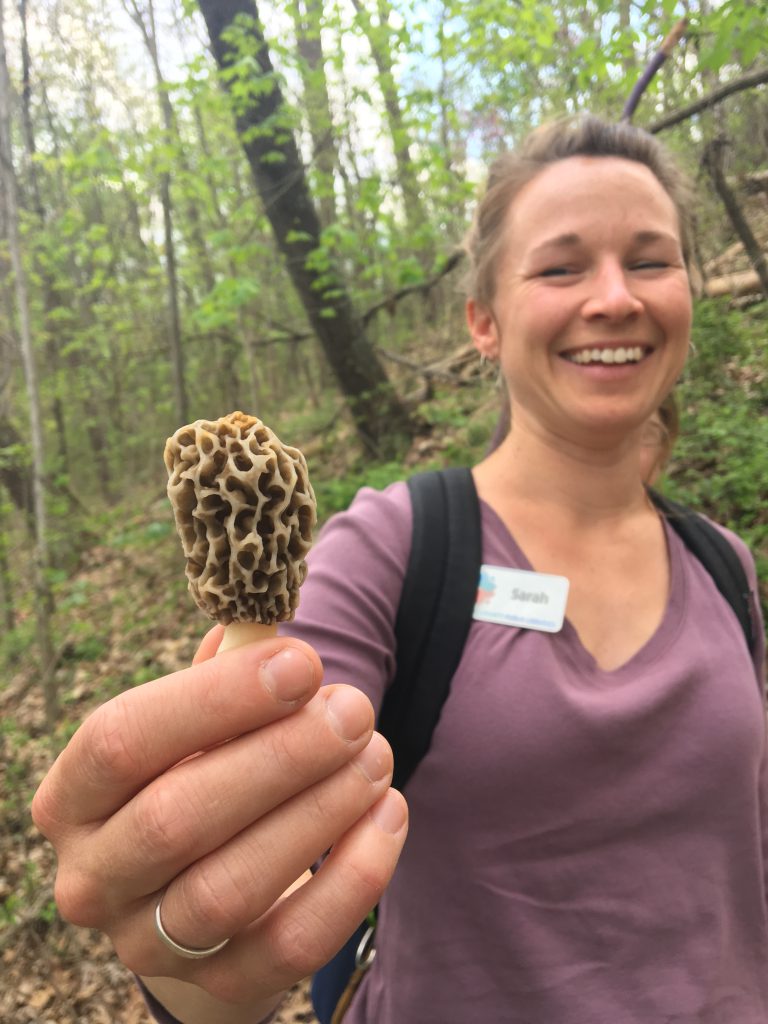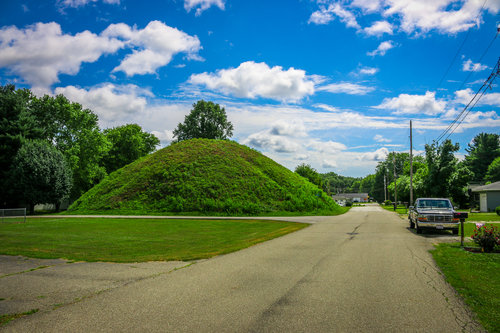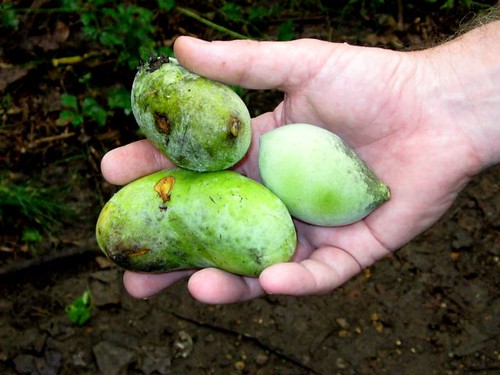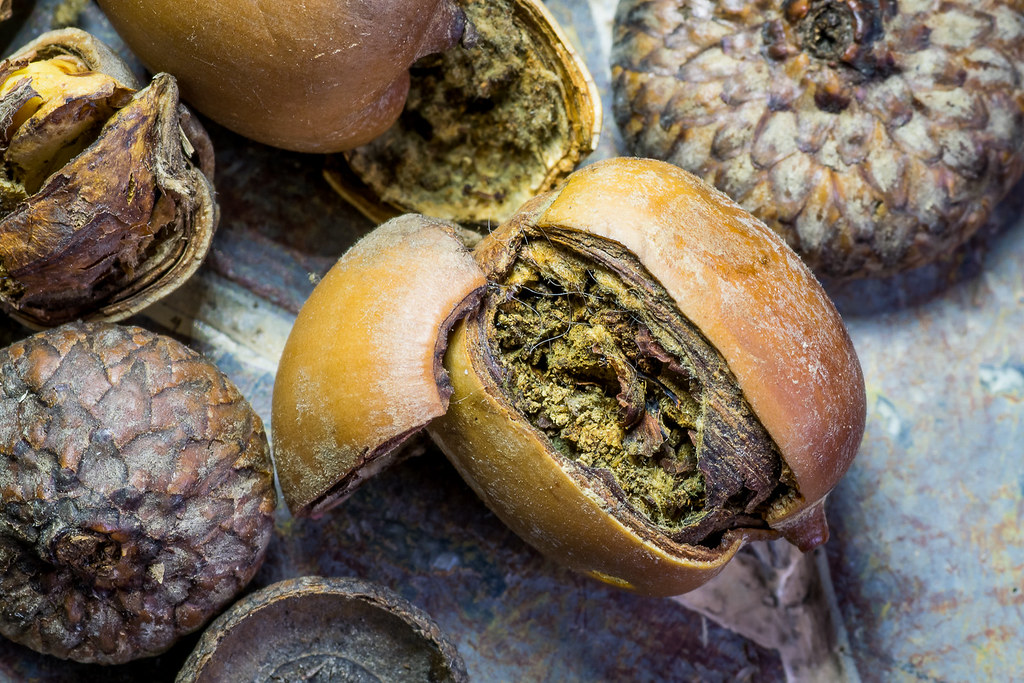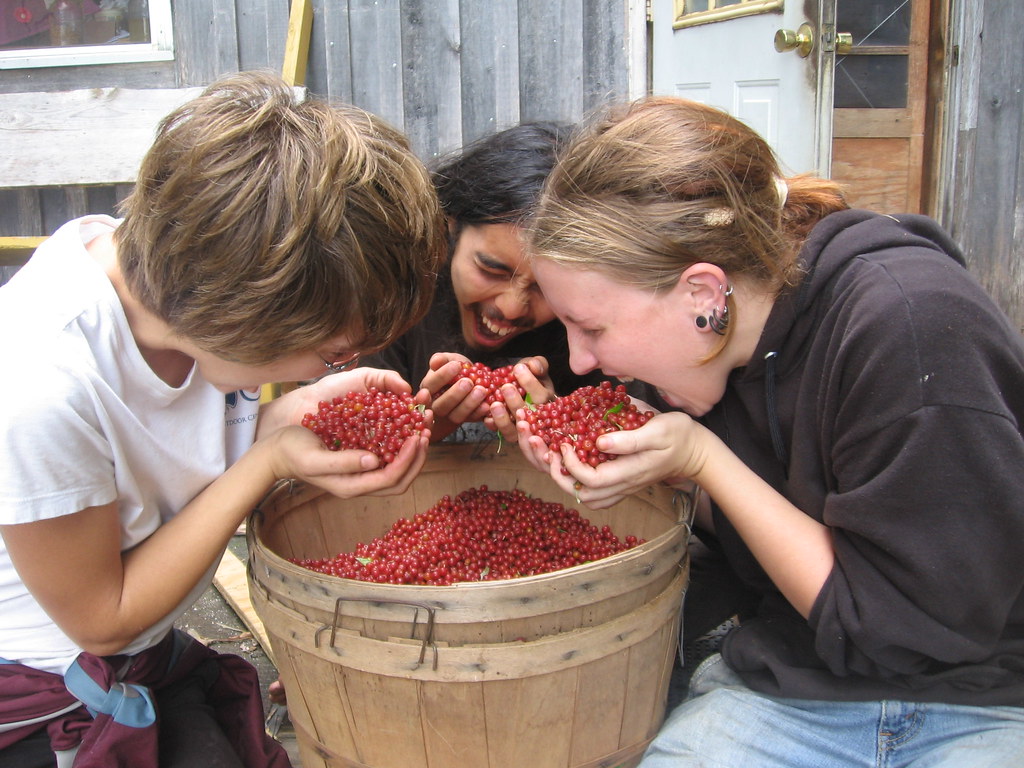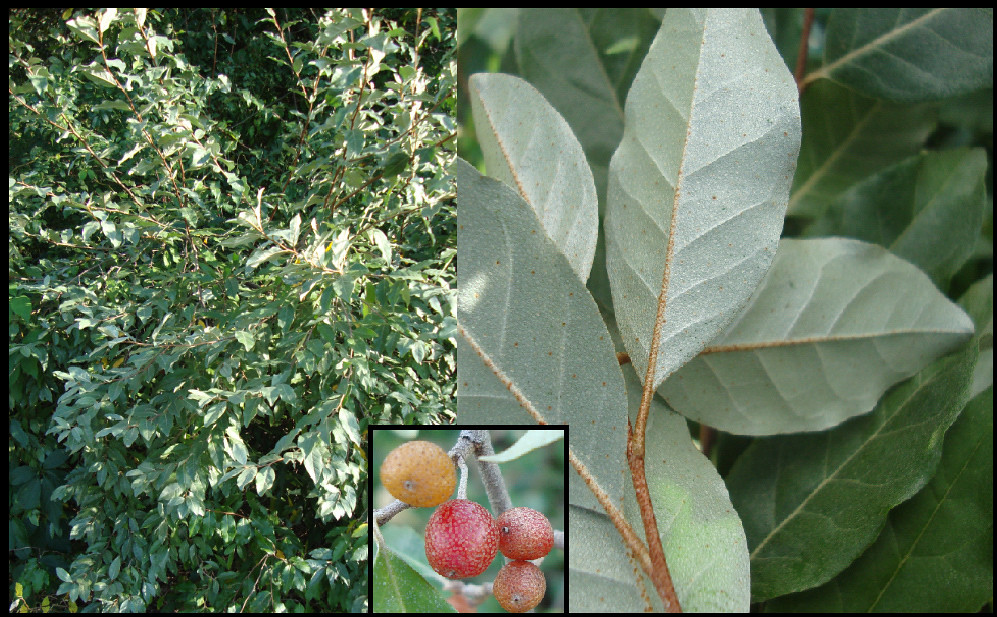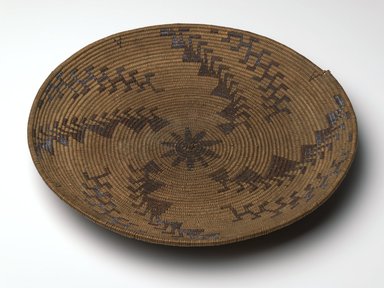

Tracking may have been the first practice of science. Many tracking methods used today are the same ones used by hunter and gathers since the evolution of modern humans! Most mammals are nocturnal or active at dawn or dusk, so it is hard to observe them. But we can learn a lot from the tracks and other evidence animals leave behind.
Want to get started tracking? Join our virtual field trip on Friday, Dec. 11 at 10:30 am to learn some basics. Or try one of the activities below.
CHOOSE HOW YOU WANT TO PRACTICE TRACKING:
Attend the virtual field trip, Friday, Dec. 11 at 10:30. We’ll introduce you to how to tell canine and feline tracks apart.
Go tracking, paying special attention to feline and canine tracks. Can you tell them apart?
Make a tracking flip book to practice recognizing different tracks.
Observe our trail cam videos. What clues can you put together from what you see? Make some hypotheses about animal behavior.
Tracking 101: Virtual Field Trip
Friday, Dec. 11, 10:30am
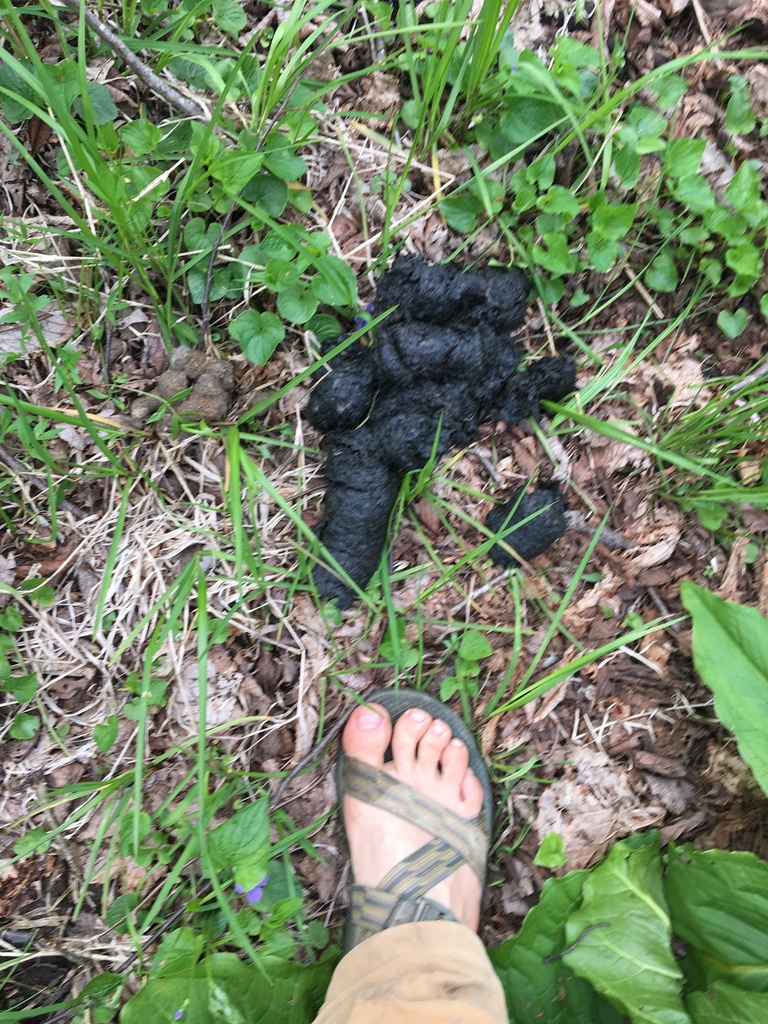
Every Friday from 10:30 to 11-ish am, we hold a Zoom call live from the woods. This week, we’ll look for animal tracks. We’ll take a special look at the difference between canine (cat family) and feline (dog family) tracks.
If you try any of the other activities in this post, share them with us at the field trip!
You’ll receive the link for the Zoom call in your email. The same link works each Friday.
~~We’ll post the recording of the field trip here the following Monday~~
Tracking challenge: dog or cat?
To go tracking, first choose a good spot. Tracks show up well in soft mud, like on the shores of ponds, lakes, rivers, and ditches. Look in fresh snow, too!
When you find an animal track, start by looking at:
- the size of the print
- the shape of the print
- How many toes are there? How big are they?
- Can you see any claw marks?
Today, we’ll focus on one tracking challenge that many people wonder about: how do you tell the difference between canine and feline tracks?
Feline means cats and related animals, like cougars or bobcats.
Canine means dogs and related animals, like wolves or coyotes.
Here’s a feline track on the left, and canine on the right:
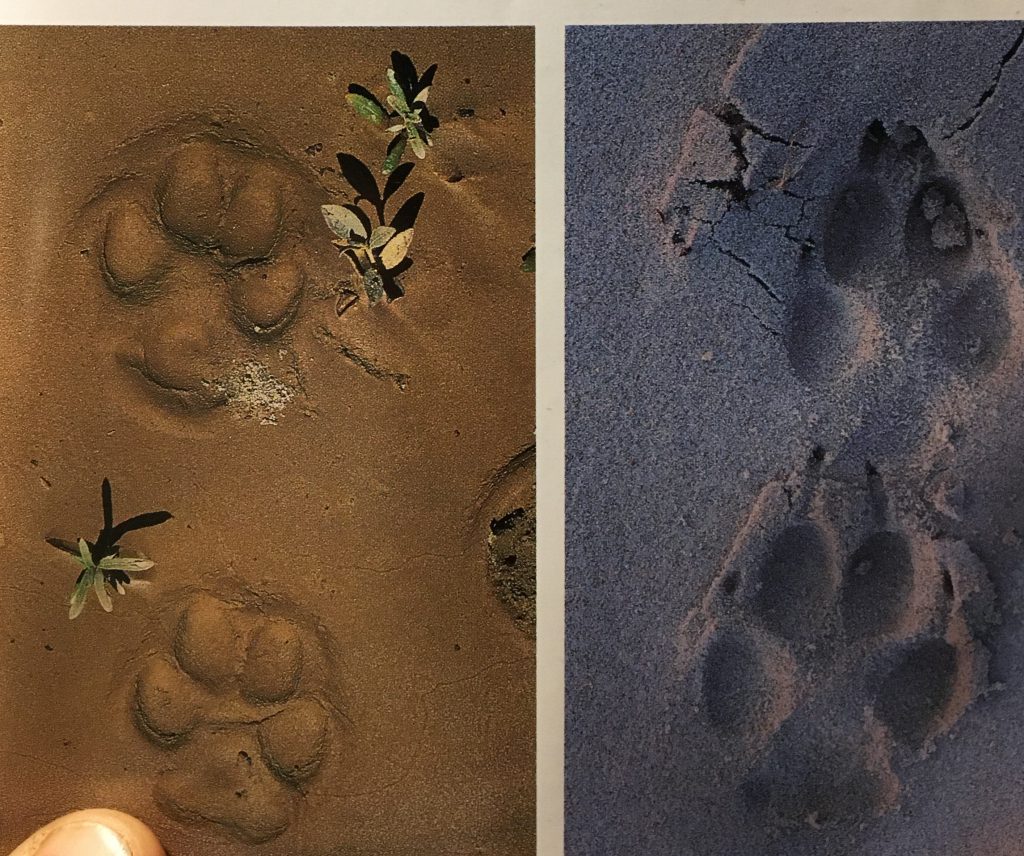
What differences do you notice between them? Here are some that we look for:
Feline tracks
- Shaped more like a circle
- Usually no claw marks
- Heel pad has 3 lobes (bumps) at the bottom
- Heel pad has 2 lobes at the top
- You can find a “C” shape in the empty space between the toes and heel pad.
Canine tracks
- Shaped more like an oval
- Can see claw marks
- Heel pad has two lobes at the bottom
- Heel pad has 1 lobe at the top
- You can find a “X” shape in the empty space between the toes and heel pad.
We often find domestic dog and cat tracks around your neighborhood from people’s pets. Here are some of their wild cousins here in Ohio.
Ohio Canines
Coyote
Also called “the prairie wolf.”

Track info:
- Size: 2 5/8 – 3 1/2 inches long
- Number of toes: 4
- Empty space between the heel and toes looks like an “X”
- Front tracks are larger than the back tracks
- Claw marks stand out most on the two inner toes

Habitat: Coyotes typically live in brushy areas, along the edge of forests and in open farmlands.
A coyotes like to sleep in dens, like under a hollow tree, or a rock cavity. They will sometime dig their own den as well. Many canines are very good at digging.
Common behavior: Coyotes travel on ridges or old trails. They may live by themselves, a male and female pair, or as a family. Coyotes are great hunters because there are very stealthy. They eat a variety of smaller mammals, mostly rabbits.
Red fox
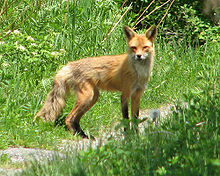
Track info:
- Size:1 7/8 – 2 7/8 inches long
- Number of toes: 4
- Often , you can see light fur marks in the tracks, because they have fur on the bottom of their feet!
- Claw marks are very small, like a little point.
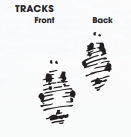
Habitat: The red fox lives mostly on the borders of forest and open fields. They avoid dense and deep woods.
Red fox typically sleep on the ground. But when they have young pups (baby foxes), they sleep in dens. Fox dens are underground and they make grass beds for the young. It is common for the fox to have two dens and travel between the two.
Common behavior: Fox like to live in families. Female foxes typically have 4-7 pups a litter. They are nocturnal animals but are active at dawn and dusk. Red fox like to travel the same paths, which eventually over time become a worn animal trail.
Gray fox
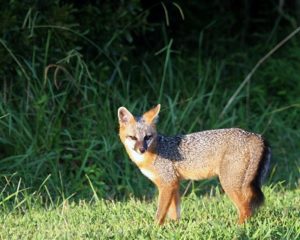
Track info:
- Size: 1 3/8 – 1 7/8 inches long (smaller than red fox or coyote),
- Number of toes: 4
- Empty space between the heel and toes looks like more like an “H” than an “X.”
- Unlike other canines, you may not see claw marks because their nails are are very thin.
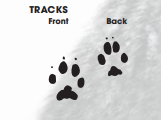
Habitat: The gray fox lives in the woods. They stay in older forests at night, and young, denser forests during the day. Unlike red foxes, they avoid farms and humans. So humans do not see gray foxes as often as red ones.
They will often climb and sleep in trees! This is pretty unusual for a canine.
Common behavior: The gray fox is typically nocturnal. They are omnivores and forage on fruits and small predators like mice and rabbits.
Ohio Felines
Bobcat

Today, the bobcat is the only wild cat in Ohio! There used to also be cougars (mountain lions), but the last cougars in Ohio disappeared about 100 years ago.
Around then, bobcats were almost extinct as well. But scientists and wildlife agencies worked bring them back. Six years ago, they declared that bobcats are no longer threatened or endangered in Ohio.
Track info
- Size: 15/8 – 21/2 inches
- Number of toes: 4
- Note 3 lobes (bumps) at the bottom on the track. This is an important clue that it is cat!
- This track is also very round. If you drew a line all around it, it would be close to a circle.
- The empty spaces between the heel pad and toes curve like “C.”

Habitat: The bobcat often sticks to dense forest. But bobcats are also habitat generalists. That means they will live in almost any kind of habitat: rocky areas, timbered swamps or old fields.
Most of the time, bobcats rest in standing or fallen hollow trees. But when bobcats are breeding
, they have very, very hidden dens. In the den, they make nests out of dried leaves and soft moss.Common behavior: The bobcats are solitary and socially distance from each other more than canines. Bobcats are known to be very curious and investigate many objects across their very large home ranges. They can also leap up to 10 feet high! Exploring rocky cliff areas would be no problem for a bobcat.
Interested in learning more about mammals in Ohio?
Check out the ODNR mammal field guide (PDF) for more information!
Make your own flip book
Making your own guide to tracks will help you remember them much better than reading about them!
The video above shows an easy way to make a flip book. Create a page or two for each animal you are interested in. You can use some of the animal information above to start (as well as some of the deer signs we wrote about last week).
For example, on a page about coyotes, you might:
- Draw a picture of a coyote track
- Note the size of the track (how many inches wide and tall is it?)
- Write about the habitat where coyotes live
- Write down a place or time when you found a coyote track
- Anything else you can think of!
Many naturalists keep personal nature guides like this to help them learn and reflect on what they find outside. Be creative and enjoy making a personal key to help you practice tracking in the woods!
Observe wildlife on our trail cams
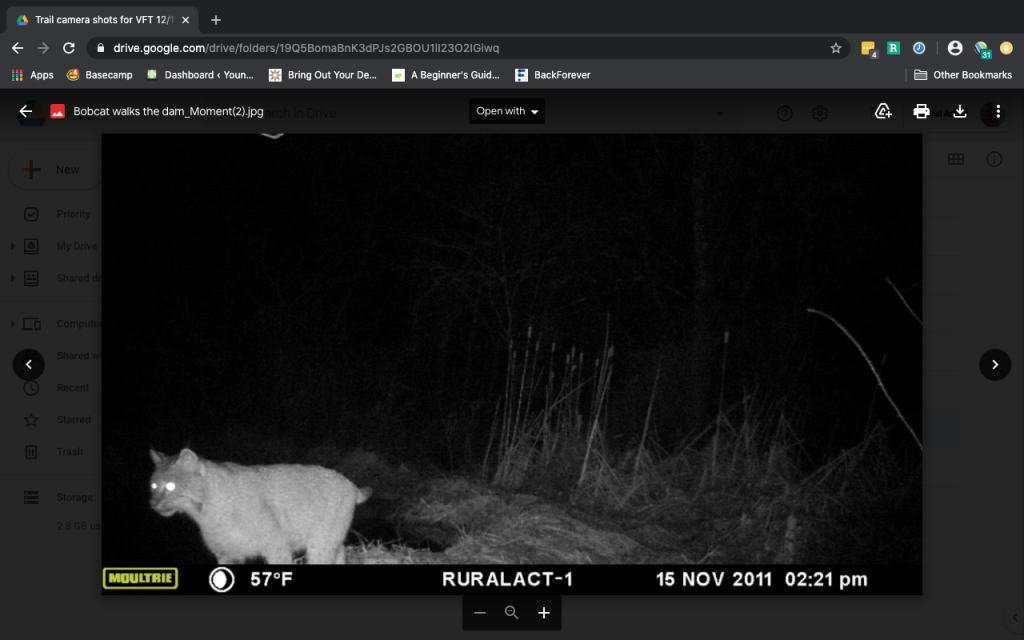
Watch some videos that interest you. Try notice everything you can about the animal’s behavior.
- What do you think the animal was doing?
- How is the animal acting ?
- What else do you notice about the trail cam?
- If you would set up your own trail cam outside, where would you set it up and why?
Think about what you saw. Can you use what you saw to make any hypotheses about that animal or its behavior?
A hypothesis is an idea or explanation based on evidence or observations. It usually needs more testing before you are sure it is true.
For example, I found bobcat scat (poop) with mouse bones on a nearby beaver dam.
My hypothesis is that the bobcat was drawn to the beaver dam because it is good place to hunt mice.
But this might or might not be true! Can you think of other hypotheses that might explain the scat on the dam? How could we test my hypothesis to see if it is true?
Good luck with the activities & look forward to seeing all of you young naturalists on Friday!
